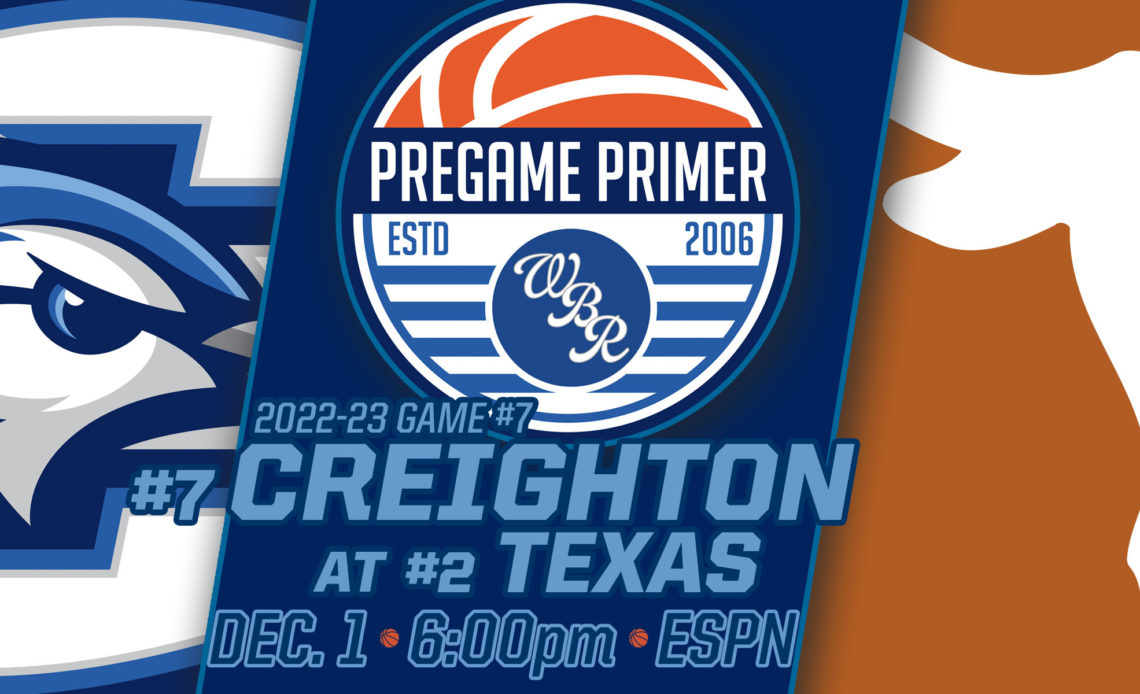Thursday night in Austin, seventh-ranked Creighton will play just their fourth game in program history as a Top Ten team against an opponent also ranked in Top Ten — but their second in (basically) the span of one week. Last Tuesday in Maui they took down #9 Arkansas 90-87 in one of the most entertaining games of the year, and next up is #2 Texas.
Ideally, the Jays would rather have played a less challenging opponent in their first game back from Hawai’i, but as Greg McDermott noted in his press conference yesterday, there wasn’t much of a choice. It’s part of the Big 12/Big East Battle, and all of those games are happening this week.
“Hopefully we’re up to this challenge,” he said, “because everybody saw Arkansas play last night and they struggled a little bit coming off that trip. Hopefully getting in the sunshine again in Austin will wake us up a little, and we’ll be ready to go.”
Indeed, in their first game back on the mainland Arkansas trailed Troy for a large part of the first half, by as many as eight points, before a second-half surge led to a 74-61 win.
The Jays moved up to seventh in this week’s AP Top 25 after winning two of three in Maui. McDermott said the three games against top-tier opponents showed him that his team is a little further along than he thought, and he was pleased with how they responded to adversity. There were a lot of promising developments, providing validation for their lofty preseason predictions (or at least, making it harder for those who still doubt them to make a serious argument).
Chief among them: after struggling from three-point range in the season opener against St. Thomas (8-for-34, 23.5%) the Jays have made 37.5% or better in all six games since. They’ve been north of 40% in four of the six. Four of their five starters are shooting 42% or better from three-point range.
Their 38.2% shooting percentage is 40th best in D1 as is, but if you throw out the St. Thomas game, they’re shooting 41.7% from long range — which would rank 10th. Individually, Ryan Nembhard’s emergence as a legitimate threat from long range (he was 7-of-11 from three in the tournament) makes the Jays that much harder to defend.
And while the bench as a whole didn’t log a ton of minutes, there were some encouraging performances — even if they were scattered across the three games. Freshman Mason Miller found confidence in his shot against Arizona (making 3-of-4 from long range in a game where the starters’ legs were heavy). Fredrick King played well against Texas Tech, scoring eight points with four boards and a block in nine minutes. And Francisco Farabello hit just one 3-pointer in the tourney, but it was a big one against Arkansas, giving CU the lead briefly in the second half.
Most encouraging: the Bluejays put up 76 points vs. Texas Tech’s #19 ranked defense, 90 points vs. Arkansas’ #5 defense and 79 points vs. Arizona’s #44 defense while in Maui. Texas’ defense is elite, but the Jays know they can score against teams like the Longhorns.
***
The Longhorns have a strong case for being considered the top team in the country, with a well-rounded attack featuring the 13th best adjusted offensive efficiency (114.1) and the third-best adjusted defensive efficiency (84.7). The D1 average is 101.4, meaning per 100 possessions they’re about 30 points better than the average team.
Picked third in what will likely end up as the best conference in the country (behind the last two national champions, Baylor and Kansas), Texas returns three starters and five key rotational players from a team that won 22 games and advanced to the second round of the NCAA Tournament a year ago. Add in a pair of five-star freshmen recruits and two impact transfers, and the Longhorns have one of the deepest rosters anywhere. Sure enough, 40.7% of their minutes so far have been played by bench players — 15th most in D1.
Their defense forces a turnover on an astonishing 28.4% of possessions — while they come up with a ton of steals (on 13.7% of opponent’s possessions), it’s the other half of that equation that is most concerning for the Bluejays. Texas’ opponents have a non-steal turnover on 15.1% of possessions per KenPom’s data — the type of errant passes, offensive fouls, and unforced errors that plagued the Jays against Texas Tech in the first half of that game.
The Longhorns’ defensive attack is multi-pronged, as you’d expect. It starts with ball pressure from Tyrese Hunter, Marcus Carr and the rest of their guards; Carr has 12 steals in five games. The length of their forwards makes three-point shooting and dribble penetration tough; opponents have made 25.9% of their threes, 18th fewest in D1. And if you do manage to get into the paint, 6’9” Dylan Disu is there to protect the rim; he has 10 blocks in five games. They bothered Gonzaga, forcing 20 turnovers and never really letting the Bulldogs initiate their offense.
Offensively, Texas’ guards do a great job of penetration and their frontcourt players move well without the ball. It forces opposing defenses to make a decision: stop their dribble and dare them to shoot jumpers, or give up straight-line drives to the hoop where the guards either finish or create lobs for their frontcourt. Most opponents opt for the former — Texas is not a great jump-shooting team, making 30.9% of their threes (279th in D1). That blew up in Gonzaga’s face, with the Longhorns making 13 threes in their win.
Creighton’s elite rim protection from Ryan Kalkbrenner changes the equation here a little bit, but forcing Texas to shoot tough threes is something most teams will be happy to let them do. UT was 4-of-14 against UTEP, 3-of-22 against Houston Christian, 7-of-24 against Northern Arizona, and 10-of-30 against UT Rio Grande Valley. Even against Gonzaga, those 13 makes came on 33 attempts. Teams are daring them to shoot the three and letting the chips fall where they may. 40.5% of their total shot attempts have been threes, and just 27.0% of their points have come from those shots.
Iowa State transfer Tyrese Hunter leads them in scoring at 16.2 points per game, making 30-of-53 shots so far this season (56.6%) and 12-of-13 from the line. He can score from all three levels, but is particularly dangerous at the rim — 34.0% of his attempts have come at or near the rim, where he makes 77.8% of them. The Jays saw Hunter in Omaha a year ago, where he had one of the worst games of an otherwise excellent freshman year — he was 3-of-9 from the field for eight points, with six assists and three turnovers.
Senior Marcus Carr leads the Longhorns in assists (19 in five games) and steals (12), and is second in scoring at 14.8 points per game. He’s been in double figures in all five games so far, including 16 on 4-of-9 from three-point range against Gonzaga.
In the frontcourt, Dillon Mitchell (7.8 points, 6.8 rebounds per game) and Timmy Allen (5.4 points, 6.6 rebounds) lead the way. They’ve started all five games, with former Bluejay Christian Bishop contributing in a supporting role. Bishop went from a two-year starter in Omaha to playing about 15 minutes a game in Austin, though his impact is still a big one — he earned All-Big 12 Honorable Mention honors a year ago after leading the team in blocked shots (31) and ranking second in rebounding (5.6 rpg) and sixth in scoring (7.0 ppg). He’s platooned with Mitchell on the frontline this year, giving Texas a positionless, switchable pair of bigs that makes their defense that much tougher to play.
To the extent that there’s a knock on Texas so far, it’s that their schedule has been poor — ranking 341st out of 363 teams — with an impressive win over Gonzaga propping up wins over UTEP (181 in KenPom), Houston Christian (336), Northern Arizona (256) and UT Rio Grande Valley (324). They’ve yet to really be challenged, winning those five games by 15, 51, 19, 25 and 37 points. They’ve yet to play a game outside of their home state, and won’t play a true road game until the Big 12 forces them to — they visit Oklahoma on New Years Eve. With games against Creighton and Illinois (22 in KenPom) this week, we’ll have a lot better idea of just how good Texas really is six days from now.
For the Jays, they haven’t played a true road game yet, either. Most of the roster has experienced hostile environs to rival what they’ll see in the Moody Center, but the first one in a season is always an adjustment. How they handle the first time “The Corral” gets rocking — that’s Texas’ student section, which runs 270-degrees around the building in courtside seats designed to maximize the noise that opposing teams must deal with — and whether they can keep that noise from becoming a game-changing factor might go a long way toward determining the outcome.

- Tip: 6:00pm
- Venue: Moody Center, Austin, TX
- TV: ESPN
- Announcers: Dave Pasch and Fran Fraschilla
- In Omaha: Cox channel 31 (SD), 1031 (HD)
- Satellite: DirecTV channel 206, Dish Network channel 140
- Cable Cutters: Available on all major streaming platforms
- Streaming on WatchESPN
- Radio: 1620AM, 101.9FM
- Announcers: John Bishop and Taylor Stormberg
- Streaming on 1620TheZone.com and the 1620 The Zone mobile app
- SiriusXM: Channel 135 (Sirius) or 201 (XM), and on SXM app channel 964
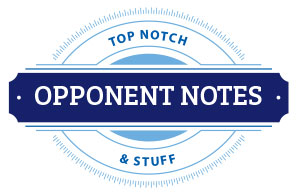
- The Longhorns have recorded a 141-37 advantage in points off turnovers in their first five games. Texas has allowed just 41 assists while forcing 103 turnovers this season.
- This will mark the first game in Moody Center history featuring a pair of AP Top 10 teams, as the Longhorns were No. 11 in The AP poll when they defeated No. 2 Gonzaga earlier this year.
- The Longhorns are looking for their first win in the Big 12- Big East Battle (0-3 record). Texas dropped a 70-48 decision at Providence on Dec. 21, 2019. The Longhorns fell 68-64 to Villanova in Austin on Dec. 6, 2020. Last year, Seton Hall posted a 64-60 win in Newark (Dec. 9, 2021).
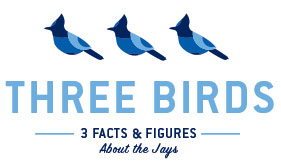
- Baylor Scheierman has made multiple three-pointers in every game this season, and exactly three trifectas in each of the past four games. Going back to last season when he played for South Dakota State, Scheierman has made two or more three-pointers in each of his past 14 games.
- Creighton’s starting five has played 129:20 (of a possible 280 minutes) together this season, outscoring the opposition 279-215 in those minutes.
- Creighton is 12-3 in games decided by three points or less since the start of the 2020-21 season. Those 12 wins are tied for the national lead with Northern Colorado and Charleston. CU was 5-1 in 2020-21, 6-1 last season and is 1-1 this year, including last Tuesday’s 90-87 win vs. No. 9 Arkansas.
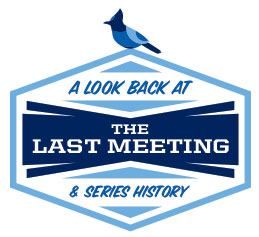
Creighton and Texas have met just one time, a 77-61 Bluejay win in the 1974 NCAA Tournament. That Longhorns team had gone 12-14 but secured the SWC’s auto bid by going 11-3 in conference. I wrote about that game a few years ago in a profile on the 1973-74 Jays:
Led by two all-SWC players, Larry Robinson and Harry Larribee, the latter the best guard in the southwest, the Longhorns preferred an up-tempo style, played both zone and man-to-man defense, and were extremely aggressive.
Eddie Sutton told the media that after reviewing scouting reports on the Longhorns, he’d decided against putting in any new schemes for the game. “We just tried to review some things that we’ve been doing all season long, and to polish the offense. I think we can score enough points to win. It’s just a matter of whether we can curtail their attack.”
The game would be played at the brand new North Texas State arena in Denton, Texas, and was televised on KETV — the tournament was not nationally televised in those days, but the local Omaha ABC affiliate arranged for coverage of the game. A win would move Creighton into the regional semifinals, where Kansas awaited, and would give them 22 wins to tie the most in school history, a record owned at the time by the 1964 team.
The NTSU Coliseum was unseasonably warm, and Eddie Sutton thought he could wear Texas down by utilizing his bench early because the Longhorns were not a deep team. It initially backfired, as Texas took the early lead with their first unit playing against a mix of Creighton starters and reserves, but Sutton was correct in his assertion that the heat would play a role. “The heat really bothered me,” Gene Harmon admitted later. “I felt completely drained.”
Though the score was tied 35-35 at halftime, that was deceiving: Creighton fell behind several times and rallied each time to tie, but never took the lead. With just over 12 minutes to play, they were down eight when Sutton called timeout; in that huddle, he made the key tactical decision of the game. “We dominated them the last 10 or 12 minutes, and the thing that started it was when we switched from the zone back to the man-to-man,” Sutton recalled. “We gained the momentum.”
A mini run directly following the timeout cut the deficit to 57-55, and then Creighton began a scintillating 13-0 run as they steamrolled over the Longhorns. It started with Charles Butler snagging a defensive rebound and finding Ted Wuebben on an outlet pass for a fastbreak bucket, tying the score at 57-all. Wuebben then stole the ball from all-SWC forward Larry Robinson, and hit the streaking Doug Brookins for another fast break bucket to give Creighton the 59-57 lead.
“It took the pressure off of us,” Wuebben said after the game. “We weren’t behind anymore.” The pressure was now squarely on Texas, and they wilted in the heat, no pun intended.
Butler hit a jumper to go up 61-57, and that forced Texas to call timeout in an effort to regroup. The estimated 200 Creighton fans in attendance cheered loudly, as the partisan Texas crowd of 6,750 mostly sat in stunned silence. Coming out of the timeout, Texas made a defensive switch themselves, going from a zone to a man-to-man. It had the opposite effect that Creighton’s similar switch had — the Jays destroyed the man-to-man defense as the strategy blew up in Texas coach Leon Black’s face.
Over the next three minutes, Creighton scored five unanswered buckets and made two free throws, and just like that, it was 68-57 with 3:22 to go. Free throws down the stretch sealed the 77-61 victory, and the Creighton fans chanted “We Want Kansas!”, in reference to their next opponent.
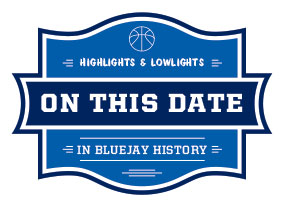
On December 1, 2012 a good Saint Joseph’s team found themselves on the business end of a “wrong place, wrong time” situation. The Jays had been humbled by Boise State 83-70 two days earlier in a rude return to Omaha after beating Wisconsin and Arizona State to win the Las Vegas Invitational. The loss to Boise State dropped them to 6-1; they wouldn’t lose again until late January, ripping off 11 straight wins to move to 17-1. And the streak started with a 80-51 demolition of the Hawks.
The Bottom Line:
Texas is a 6.5 point favorite in Vegas, while KenPom favors the Longhorns by eight and ESPN’s BPI gives them an 80.5% chance of victory.
My guess: on a neutral floor this game would look a lot like the three in Maui, with a single possession separating the two teams. I’d trust the Jays to win that type of game more times than not. But at the raucous Moody Center, Texas seems likely to ride a wave of momentum at some point in the night to a tight win.
#2 Texas 75, #7 Creighton 70

